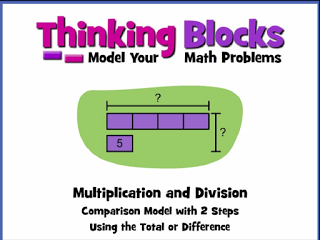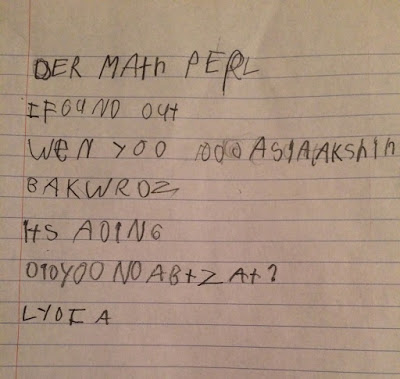 Maria's Math News, August 2017 |
|
Hi again! School is starting for many of us... it can be exciting times! In this edition:
1. Math Mammoth newsI will be running a sale soon (in this month)! Stay tuned! |
2. Giveaway: Science DVDsI have something extra-special for you. I've arranged with Supercharged Science to give away...
CLICK this link now to access the free lesson and enter the giveaway PLUS, as an added gift, you'll get a free hands-on science lesson video "How to create Instant Ice" that you can do today with stuff you already have at home. Aurora's science videos are top-notch! My girls have watched a bunch in the past and enjoyed them a lot. Now I'm starting my son on them and he's been fascinated because they are so hand-son. We recently made a sundial and a thermometer, and now he wants us to build an anemometer! To get your free science lesson on "How to Create Instant Ice" and to register for this rather unique free giveaway, click this link: http://www.superchargedscience.com/opt/math-mammoth-instant-ice-opt-esci-08-2017/ |
3. Word problems involving "four times as many as"Someone asked for help to explain the concepts of multiplicative word problems involving "as many as", like the ones below:1) Haley had four times as many dollars as her sister. Together they had $60. How much money does Haley have? The BAR MODEL is an excellent tool for helping children understand what is going on in these types of word problems. In (1), draw a bar for Haley and another for her sister. Divide Haley's bar into four parts, and make the other bar just one such part long. Haley |---|---|---|---| Sister |---| Now you will see that the TOTAL needs divided into FIVE equal parts — and from then on it is easy-peasy.  Additionally, you can use Thinking Blocks website to build such bar models INTERACTIVELY.
Additionally, you can use Thinking Blocks website to build such bar models INTERACTIVELY.
For problems like (1) and (2) above, choose the fourth model from the left (rightmost) in the top row that is bluish in color. Then click "Start modeling" button. Video tutorials exist also. This is not my site, but it's a very nice interactive tool for this concept! |
4. A five-year old GOT the connection between addition and subtractionI got this from a customer... how PRECIOUS! Quoting Lydia's mom: Lydia, who is not yet five years old, has just started the subtraction section of Math Mammoth 1A. She made an amazing discovery and wanted to tell you about it. A photo of her letter is attached, which a translation here.Lydia's mom also said that she feels Lydia is going to be so amazed when the workbook points this out a few pages from now! |
5. Multiplication algorithm and lattice multiplicationThis is a GOOD comparison between the standard multiplication algorithm and lattice multiplication!The author even brings in the area model for multiplying multi-digit numbers (which I also show in Math Mammoth). The area model is of course only used to show students what is going on, based on place value — not to replace any algorithm. In our desire for "efficiency," we lose transparency in the standard "long multiplication" algorithm.Read it at https://mathblog.com/multiplication/ |
6. What age do YOU think is old?I saw this in the IntMath Newsletter I subscribe to...Here's an age equation that's pretty accurate: Hat Tip to Murray from Intmath newsletter.  Yes, I know, we're all getting older... I felt I needed to update my image on the website and in the emails so here it is... cannot help it, I'm older now... good ways past 40. (You can calculate my age from this: the above formula gives that about 66-year-olds should seem old to me.
Yes, I know, we're all getting older... I felt I needed to update my image on the website and in the emails so here it is... cannot help it, I'm older now... good ways past 40. (You can calculate my age from this: the above formula gives that about 66-year-olds should seem old to me. Thanks for reading! Feel free to forward this issue to a friend/colleague! Subscribe here. Till next time, Maria Miller |
| Math Mammoth freebies | Math Mammoth on Facebook | Newsletter Archives |
| Inspire4 | Complete curriculum | Placement tests |
